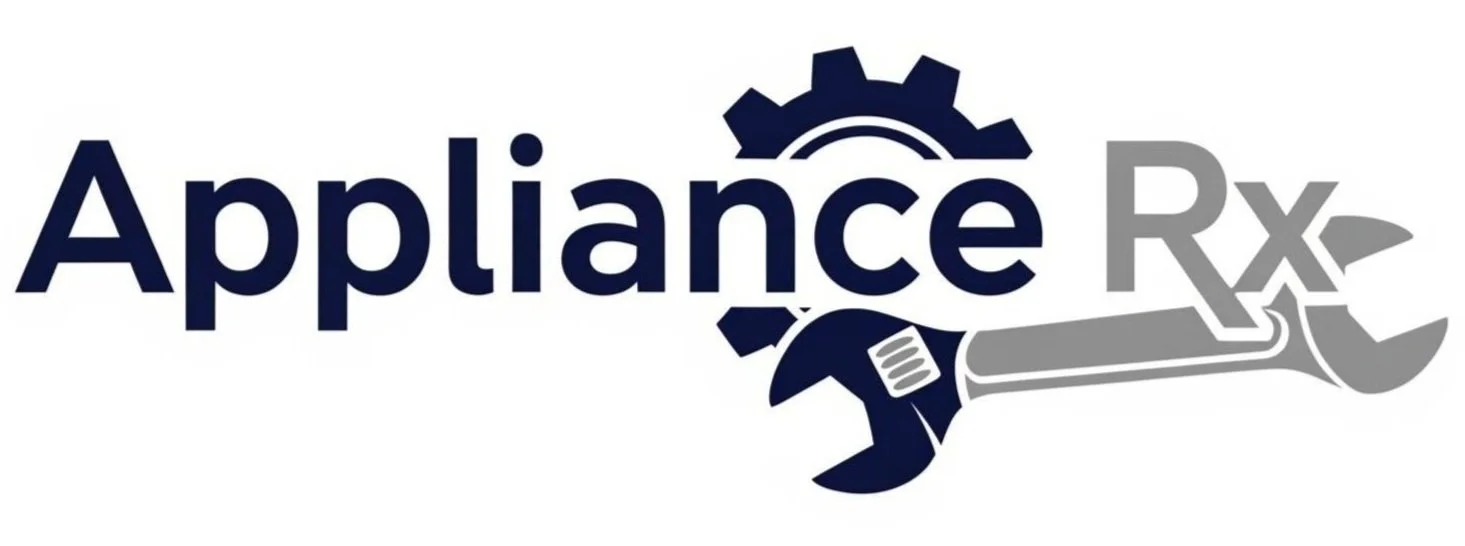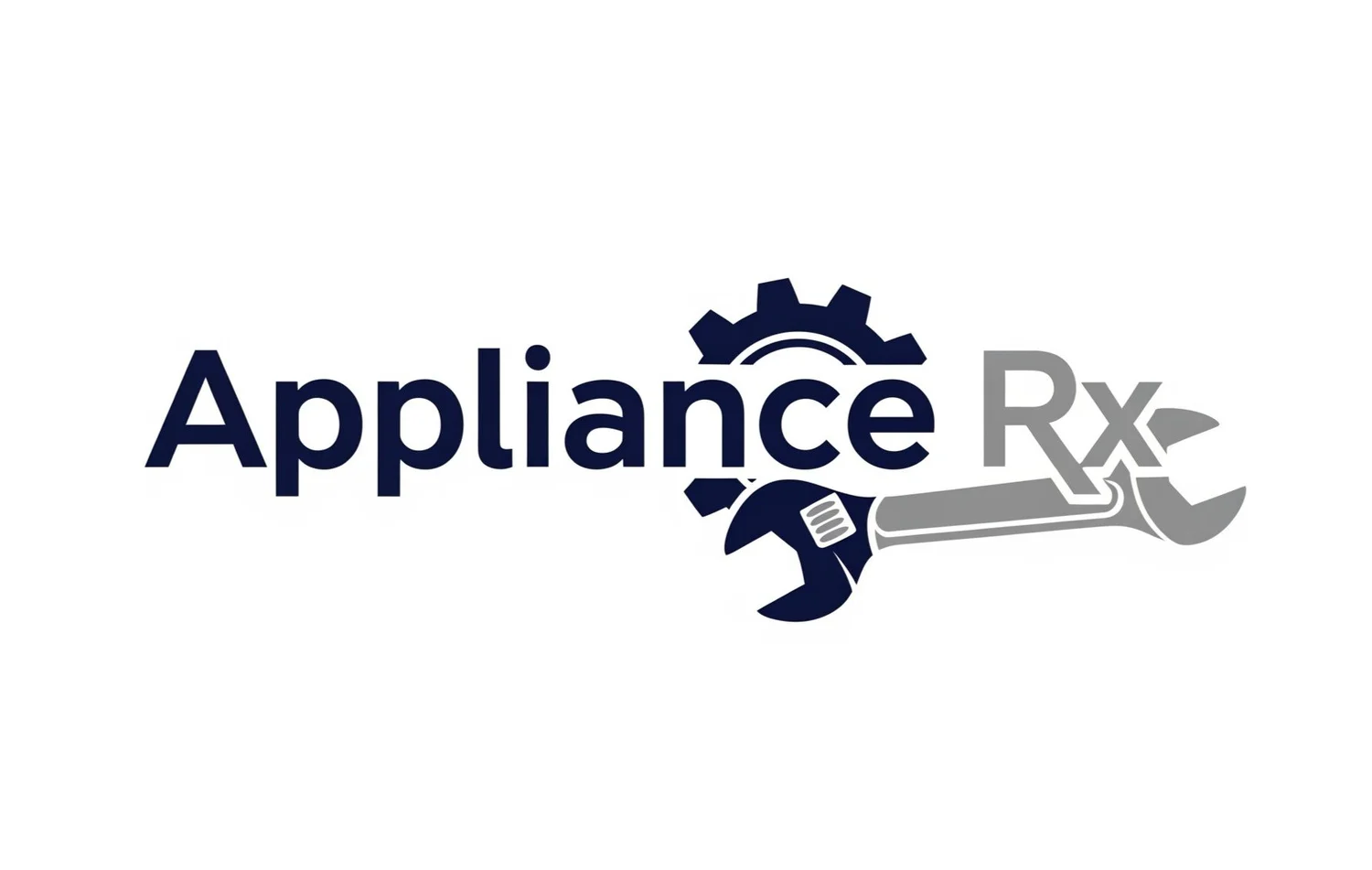The Intermittent Thermistor: A Dryer Repair Story That Stumped Everyone Else
Every appliance repair technician loves a good challenge. For me, the thrill isn't just in the fix, but in the puzzle itself – that moment when you've tried everything, scratched your head, and then, aha! The solution reveals itself. Recently, I had a case with a dryer that truly put my 15 years of mechanical and diagnostic experience to the test. It's a perfect example of why persistent, thorough troubleshooting is key.
A few months back, I got a call about a dryer in North Charleston that kept overheating and throwing a "tE" code. The customer was frustrated; another technician had already been out twice, cleaning the vent and replacing the high-limit thermal fuse, but the problem persisted.
Round One: The Obvious (and Not So Obvious) Fixes
When I arrived, I put the dryer in diagnostic mode, and surprisingly, it passed all tests. I ran it for 10-15 minutes, and sure enough, the side of the dryer was getting uncomfortably hot. Time to dig in.
Disassembly quickly revealed two major issues:
The Wrong Fuse: The previous tech had installed an incorrect thermal fuse. Little details like part numbers matter immensely!
Disconnected Venting: More critically, the internal vent wasn't properly attached to the blower motor. This meant instead of hot air being expelled outside, it was recirculating and heating up the inside of the dryer cabinet – precisely why the side was so hot!
After correcting these issues, installing the correct fuse, and properly securing the vent, I reassembled the dryer. A quick test confirmed the side was no longer overheating. Problem solved, or so I thought, as I headed off to the next job.
Round Two: The Return of the Ghost in the Machine
Fast forward a few weeks, and the customer called again. Same issue: overheating and now throwing both "tE" and "tH" codes – both indicating an overheating condition. My heart sank a little, but the challenge intrigued me.
Back at the customer's home, I ran the same diagnostic tests. This time, I paid even closer attention. I meticulously checked the heating element, the thermistor (on the heating side), and the high-limit thermostat on the blower side. All tested perfectly fine while installed, showing correct resistance readings (including that 13 ohms on the blower side thermistor). I double-checked my previous fixes – the correct parts were still installed, and the vent was firmly attached. My initial thought gravitated towards the control board, but I needed to be absolutely certain.
The "Aha!" Moment: An Intermittent Open Circuit Hiding in Plain Sight
This is where experience in troubleshooting tricky, intermittent issues from my manufacturing and automotive background really kicked in. I started testing for ground faults, but more importantly, I decided to test the sensors while they were removed from the dryer.
And there it was! The blower side thermistor, which had consistently shown a perfect 13 ohms when installed, gave me a frustrating "OL" (Open Loop/Over Limit) reading on my multimeter when uninstalled. I reinstalled it, and boom – back to 13 ohms. Removed it again, "OL." It became clear: something inside was broken just enough that when it was installed and seemingly "pinched" by its mounting, it would make connection and test correctly. But the moment it was free of that subtle pressure, the circuit would open. The absence of that brace revealed the true failure.
The Solution and The Lesson: Dig Deeper, Every Time
Replacing that intermittently failing thermistor solved the problem for good. The dryer now runs perfectly, with no more overheating codes or scorching hot sides.
This case was a powerful reminder that nothing is ever truly what it seems in diagnostics. You can always figure out the issue if you're willing to dig a little deeper, question every "good" reading, and test components under different conditions. It's these kinds of challenges that make appliance repair so rewarding, especially when you can give a customer back a fully functional appliance that others couldn't seem to fix.

